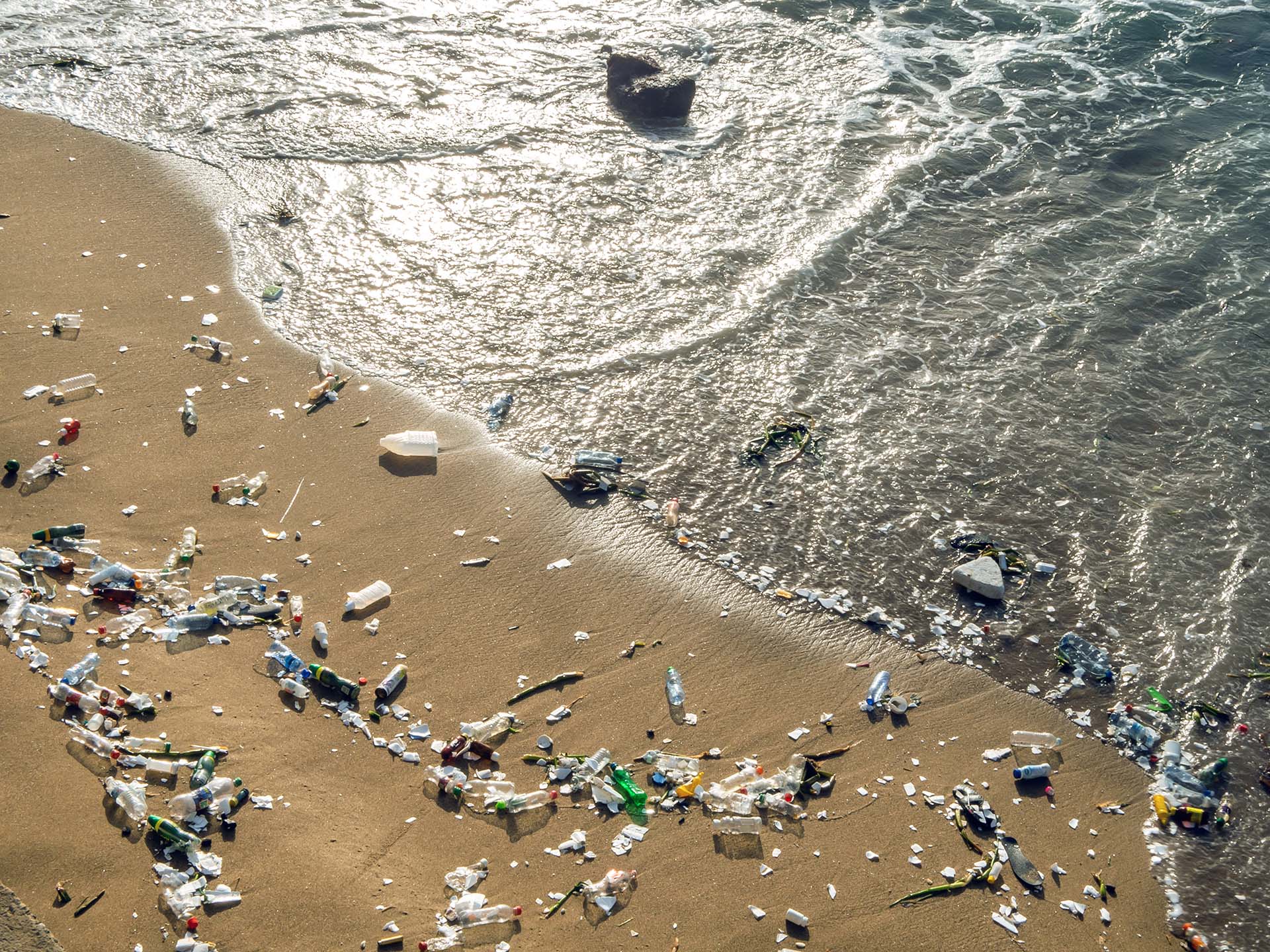Dominican Republic - Reducing Landfills
Waste sites in the Dominican Republic are open dumpsites, where municipal solid waste is dumped, openly burned, and buried. This process represents a significant ongoing threat to public health, safety, and the environment, considering the release of toxins and particulate matter, both airborne and into waterways, and GHG emissions.
Environmental scientists have suggested that the spontaneous, ongoing fires at dumpsite locations are particularly grave because they threaten all aspects of the ecosystem. In the Dominican Republic, fires can be observed at all operating landfills in the country, both at formal and informal waste sites.
Open combustion releases many toxic pollutants into the air, such as GHG emissions, fluorinated gases (F-gases), and organic particulate matter, such as polycyclic aromatic hydrocarbons, dioxins, and furans, all of which are carcinogenic. These pollutants can lead to severe cases of respiratory disease, death and contribute to climate change. The risk to public safety from these pollutants is immense, particularly to unborn fetuses, infants, and children who encounter the pollutants.
It is estimated that open dumpsites cause upwards of 520,000 premature deaths a year due to the open burning of waste, and over 7 million deaths a year from particulate matter pollution. Currently, informal waste pickers of all ages work in these dumpsites searching for marketable materials, exacerbating the human toll of these dumpsites.
Landfills are estimated to contribute to 5% of the global GHG emissions. In addition to the open burning of dumpsites, the largest measure of GHG emissions and toxins are released during waste degradation under aerobic or anaerobic conditions. More than 75% of GHG emissions from landfills are caused by waste decomposition. Dumpsites are the third largest anthropogenic source of methane, accounting for 11 percent of estimated global methane emissions or 881 million tonnes of CO2e. Studies have shown that similar dumpsites as Guiri Guiri near Punta Cana in the Dominican Republic (photo below) produce as much as 1,008.4 kg CO2e per day per tonne of waste dumped.

Creative Carbon is working closely with Grupo Energético del Este, SRL (GEDE) on design and development for several landfill mitigation projects across the Dominican Republic. These projects will divert municipal solid waste from numerous cities to materials recycling facilities where the waste will be separated into various factions, recycled, and reused. This is especially important for plastic waste, which is degrading and flowing into every aquifer and watercourse on the island and making its way back into the ocean.
Project implementation will result in a clear and significant reduction of carbon emissions from the business-as-usual scenario of open burning and landfilling. Recycling coupled with renewable energy generation will also further offset the use of heavy oil electricity generation in the Dominican Republic. Beyond the emissions reduction benefits of the Project, there will be impacts from the reduction of black carbon, un-managed leachate, vector control, and the total elimination of current business-as-usual practices of municipal solid waste management in the Dominican Republic.
The initial project, based on the reduction of over 700 metric tonnes of waste treatment per day), has the following estimated GHG emissions impact:
- Business-as-usual scenario (Project Baseline) – over 42,418.23 metric tonnes of CO2e GHG emissions per year.
- Project implementation (Project Scenario) – over 458,430.76 metric tonnes of CO2e offset per year (negative carbon).
As the project progresses, all carbon figures will be presented in project documentation for stakeholders.




